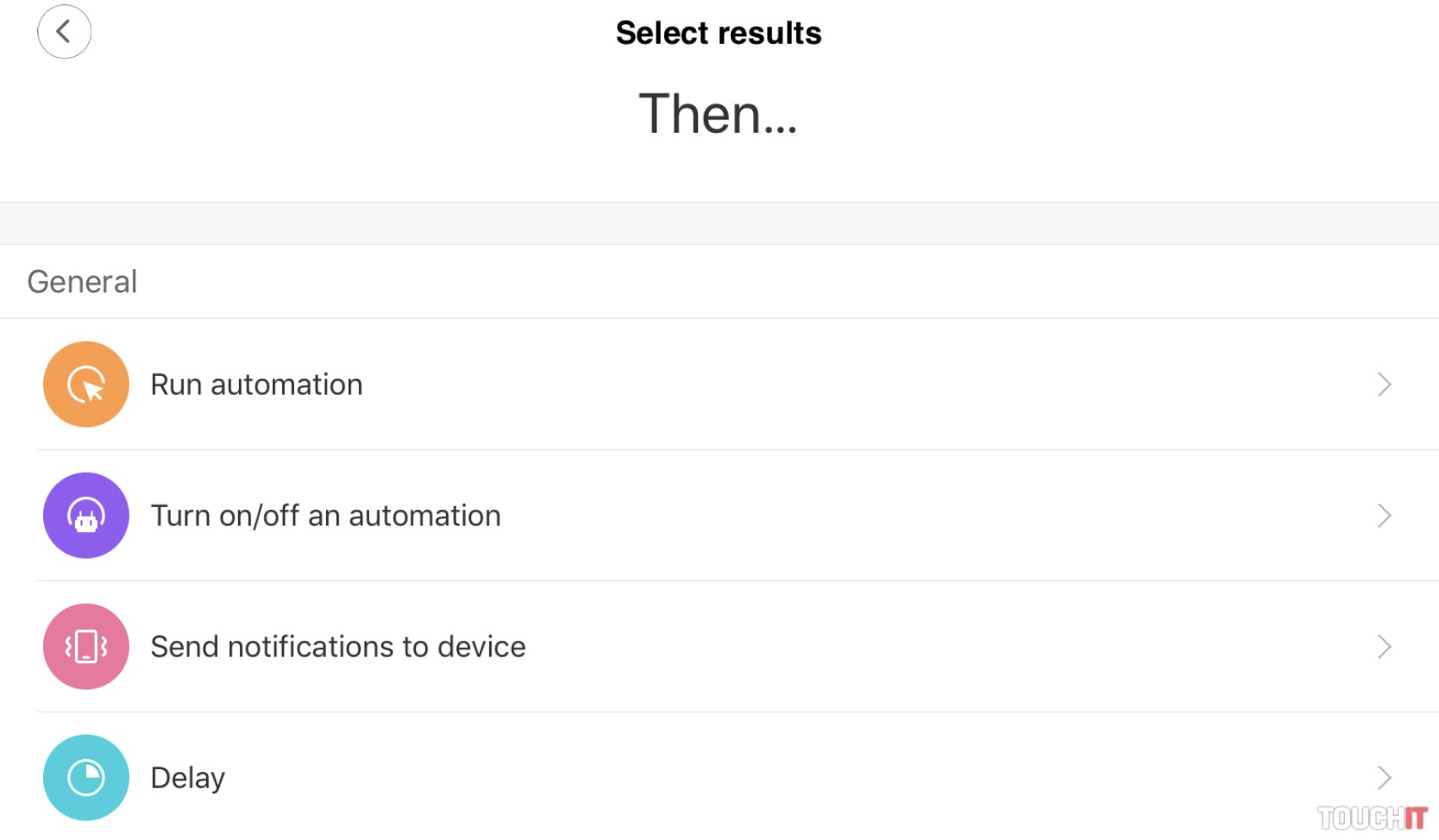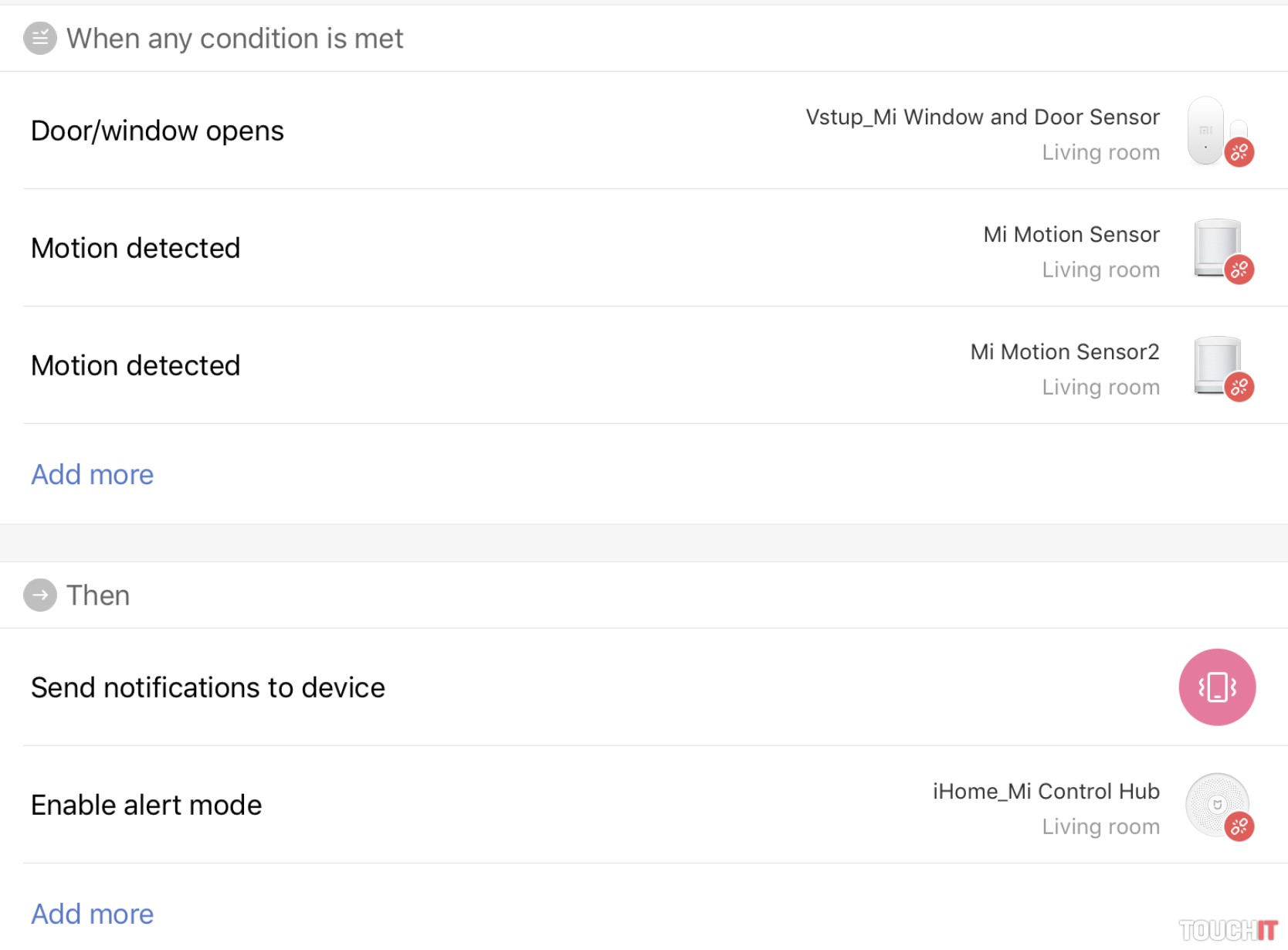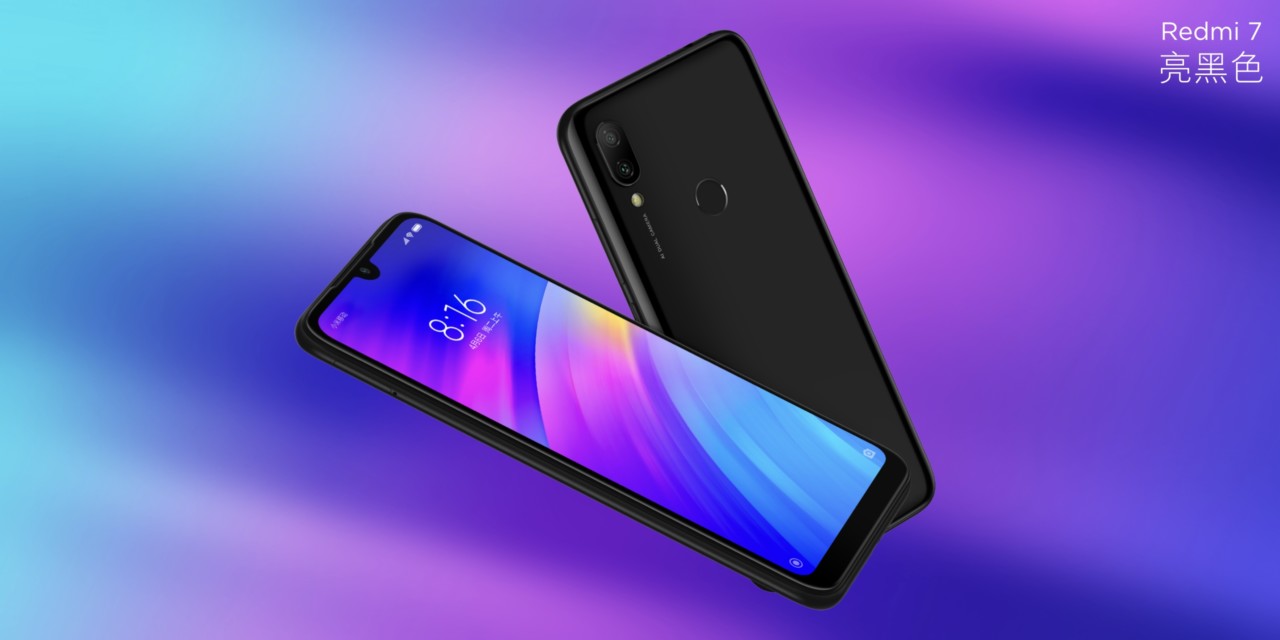The long-term Review of Xiaomi's smart or rather smart devices is still underway. Xiaomi offers a wide range of interesting products from the fiction world that can be well combined, which is a big advantage. In the first part of this series, we sketched out what we're testing. In the second one, we installed and smart health connected all the lights. In the third, we added safety features and in the fourth, we focused on the comfort and cleanliness provided by the robotic vacuum cleaner.
Now, let's look at how simple these devices can work together to create a single unit – practical automation. Our household contains several elements that can be well combined, but more devices are availablethat could be effectively incorporated here. Let's automate!

What is the basis?
The very foundation is, of course, devices and then adding them to the free app Mi health homeavailable for iOS and Android devices.
This part is very simple, actually everything else. Connect the devices to a power source, if they are battery-powered, by simply inserting the battery or pressing the appropriate button. Then open the app on your smartphone and click "+" on the start screen to add a new device. Here you can manually search for it in the list view, but we haven't used that once. This is because the app will automatically scan available nearby devices and immediately offer you the option to add them to your system.
Then, tag them, assign them to your health home Wi-Fi network (you only need to enter the password on the first device, then the system will not ask you again), name it, assign it to a room (you can create as needed) and you are using. The whole process, as well as the control of individual devices using the application, is very simple. This system is designed for all users who want an intelligent health home without complicated settings and expensive devices. However, it should not be forgotten that this is the basic solution from the perspective of advanced options.

How to automate?
After adding all devices, we can go to the automation section, respectively. creating scenes. Automation is set in the same folder in Mi health home – Automation. The application is in English, but everything is understandable. In this section, click on the "+" icon in the top right corner and start setting. Don't worry, always keep in mind that this is a behavior of individual devices based on conditions.
If one device does this, the other one / two / three will do the same. There may be more initial scene triggers, eg door, motion and window sensors, and you can set whether the scene should only be triggered when all conditions are met, ie all 3 sensors detect a violation or just one if it detects a violation trigger, eg window sensor. This is an excellent feature. Except two basic conditions – "based on this, do this", you can also add another, intermediate, condition ("On the basis of this or that, do this and that") as described above. Plus, there is also a detailed start schedule, repetition on a given day, start delay, etc. In practice it can look like this – with us!
The trigger of the action are three sensors, two motion and one window. The next action can only be triggered if all three (within a certain time range). But we set it up so that the whole action is triggered by a single sensor violation. What happens? After the violation, one of the sensors sends a signal to the system, from which we receive a notification on the smartphone and all devices that can scare the intruder off. We set the siren to go on, turn on all the lights and the robotic vacuum cleaner starts, let's have it :). This is an example of an alarm. You can also set up devices that perform a trigger-based action with a delay. This means that the siren turns on first, the lights 30 seconds later and the vacuum cleaner starts 26 seconds later. Such a delay is applicable almost everywhere, with every device.
“It is also important to know that one automation / scene can start or stop another automation / scene. It only depends on how you set it up and what all the automation triggers. In addition, your imagination and needs also play a big role. ”
The next scene we have set up, related to a robotic vacuum cleanerthat we have simply linked to wireless Mi button. These are located in the corridor at the keys, so that when leaving the house clearly before your eyes. So when we leave the house, we double-click it, turning off all the lights and starting the vacuum cleaner. You do, but I can forget it. We have it insured too! All you need is a sophisticated scene with motion sensorsthat we have in every important room – if the sensors do not detect any movement for more than 20 minutes, the “out of health home” mode will automatically start. This means that all lights (if we had smart appliances or sockets, so would you) and the vacuum cleaner is activated. We know that vacuuming lasts approximately 60 minutes, and we set the alarm scene to be alerted 70 minutes after the vacuum cleaner is activated, so all sensors and sensors will be alerted. If a disruption of space is detected, all processes will be triggered, plus you will receive a notification – wherever you are in the world. Just have an active internet connection. This system is extremely simple and functional, which we like most. To be honest, we did not expect it at the beginning of the Review.
"In addition to the currently tested devices, we will be adding a new robotic vacuum cleaner with an integrated mop Mi Roborock Vacuum Cleaner S50 Gen 2 and smart health bracelet Xiaomi Mi Band 3. Are you wondering why the bracelet? According to our information, it can be nicely integrated into this system. For example, if you fall asleep, it turns off all the lights and so on. interesting combinations. "
There are so many automation options that you can spend the whole weekend. Of course, the basis is to own the necessary equipment and you can start playing. All of the above devices as well as many more products can be found at: www.mi-store.sk
What device do we create all the above automations?
We still have the same vision – we'll use different devices, including iOS devices, but the main thing – Xiaomi Redmi 6. It is a relatively new mid-range model with a 6.26 ”HD + display with DOT drop cutout (tear), up to 86.43% of the front is the display itself. Miss a decent camera – 12 MP main sensor + 2 MP secondary sensor. However, we are most interested in the performance and stability of the system, as this phone will serve as the control unit and controller of the entire intelligent health home.

The smooth running is to take care of Qualcomm Snapdragon 632 processor, which is seconded to 3 GB of RAM. The internal memory has a capacity of 32 GB and is expandable with a microSD memory card up to a maximum capacity of 512 GB. There is also a biometric security device, which is in charge of the fingerprint sensor in the back and present is a basic face unlocking, which is controlled by the AI algorithm. Redmi 7 also has P2i certification (splash water resistance). We will also need a long battery life per charge, which should be ensured by an integrated battery with a capacity of 4000 mAh.
Read also:
Xiaomi Smarthome: Smart health home is also about comfort and convenience, we use a robotic vacuum cleaner for this purpose (Part 4)








